Don Diego de Vargas Statue and the Pueblo Revolt
Introduction
Text-to-speech Audio
Images
The location of the Pueblo villages and their neighbors in early New Mexico.
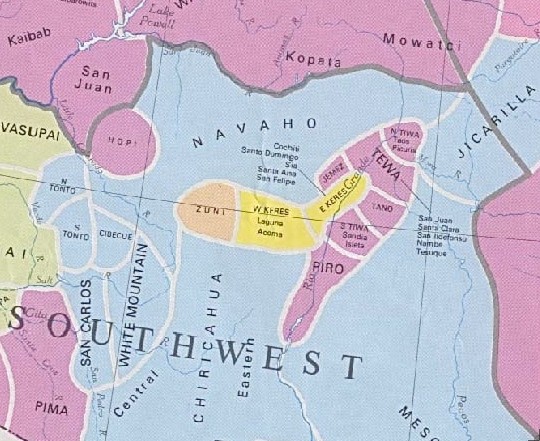
Statue of Popé, or Po'Pay, now in the National Statuary Hall Collection in the US Capitol Building as one of New Mexico's two statues
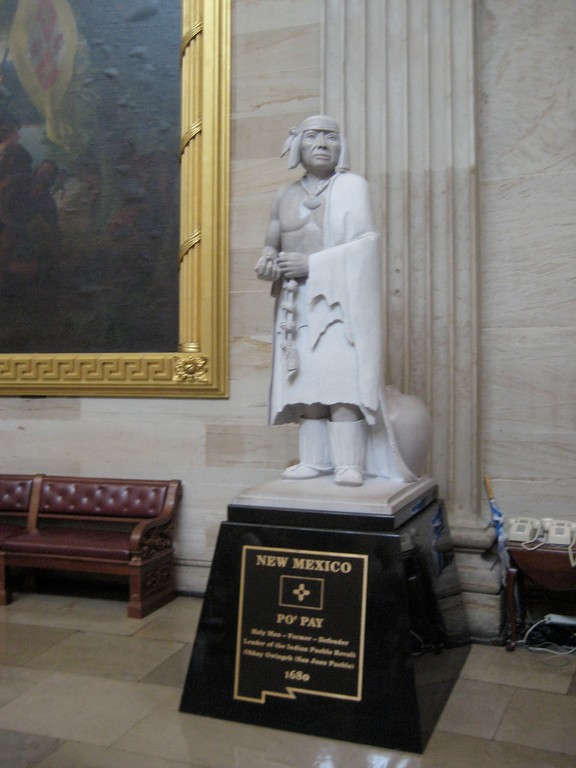
Taos Pueblo served as a base for Popé during the revolt.
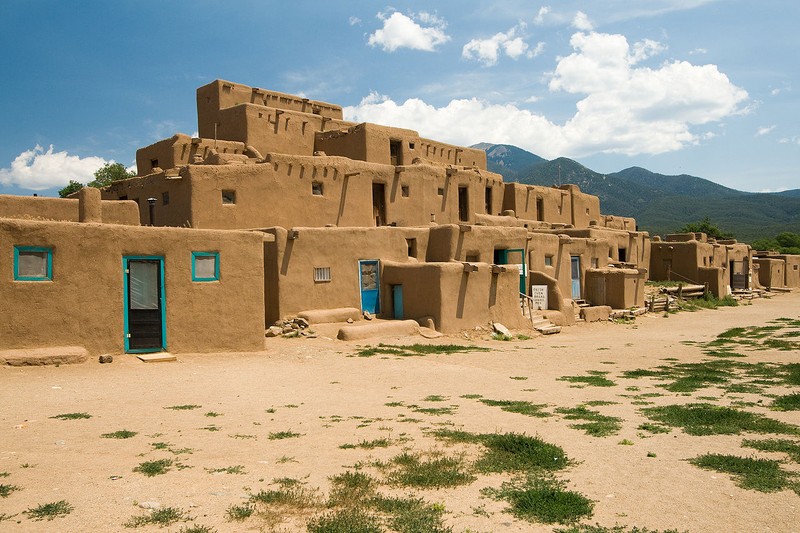
The Palace of the Governors in Santa Fe, seen here in a 1930s postcard, was besieged by the Pueblo in August 1680
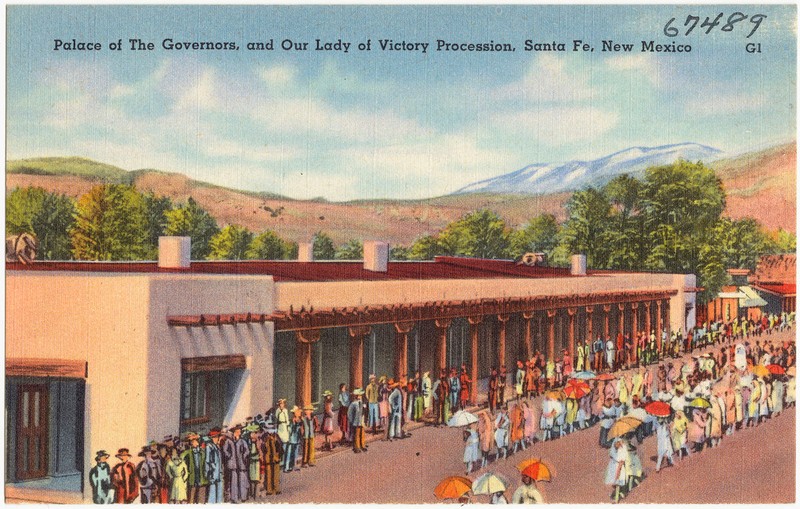
The most important cause of the Pueblo Revolt was probably the attempt of the Spanish to destroy their religion, banning traditional dances and religious icons such as these kachina dolls.
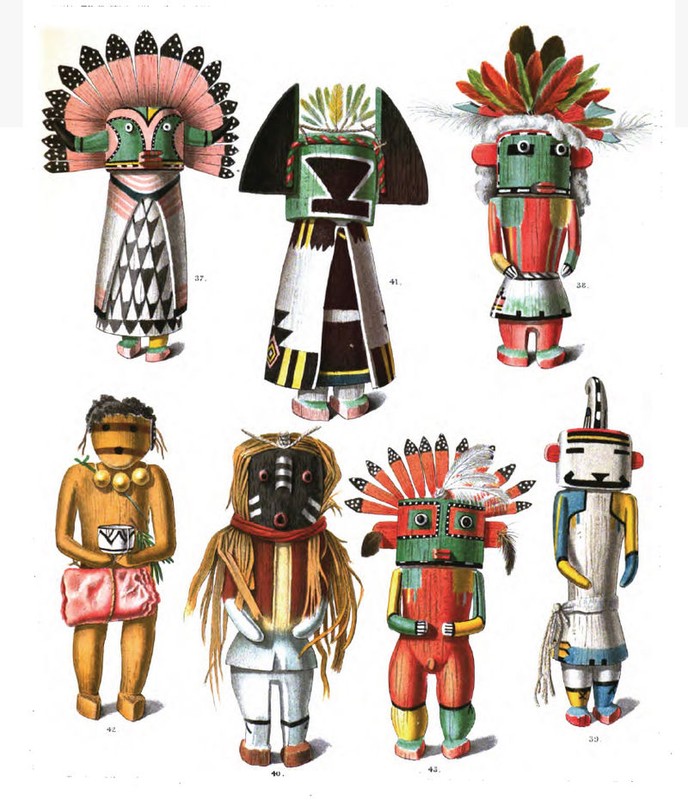
Spanish Empire's Mexico. The section in red was Santa Fe de Nuevo Mexico
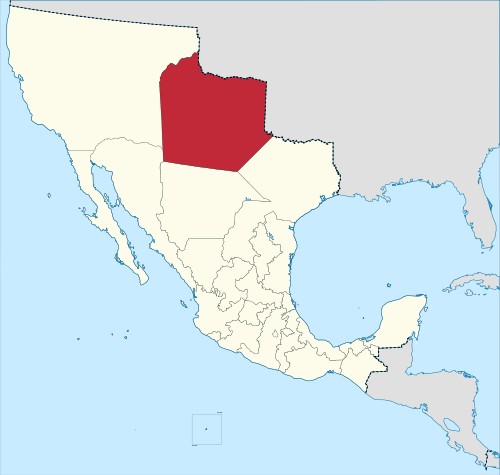
Rendition of the Pueblo Revolt when it came to Albuquerque. In the background may be the San Felipe de Neri Church
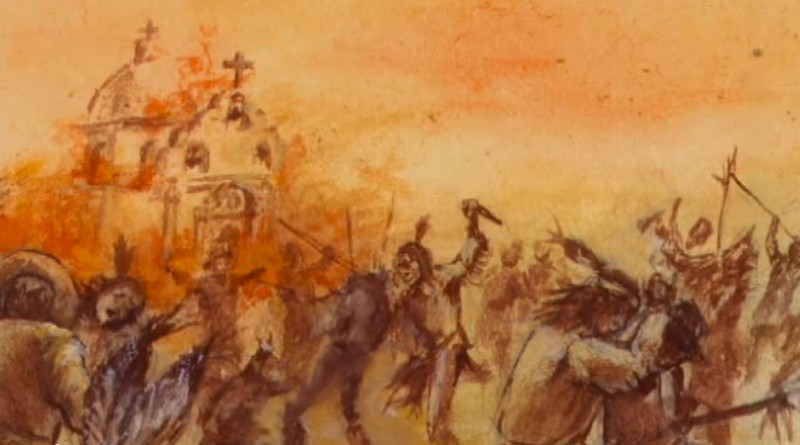
Artist's portrayal of the Pueblo Revolt
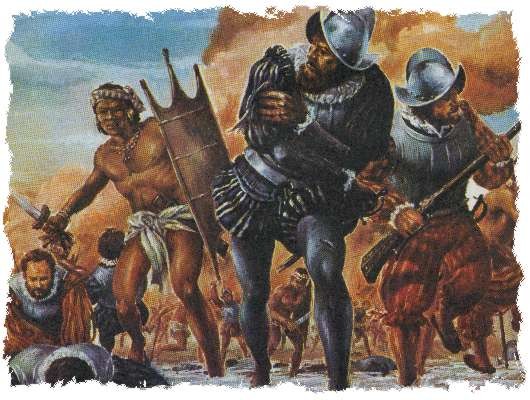
Section of Mezzanine depicting the Spanish Reconquest of Santa Fe de Nuevo Mexio
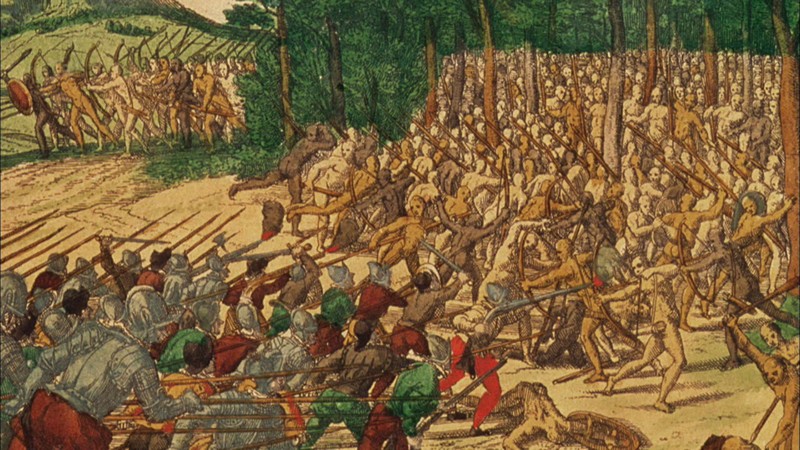
1921 photo of "de Vargas Days" ceremonies in Santa Fe. Courtesy of the Library of Congress.

Statue of Don Diego de Vargas who served as the crown as Governor of New Mexico a decade after the revolt of 1680
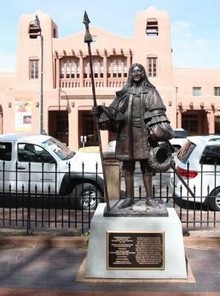
Backstory and Context
Text-to-speech Audio
Popé then ordered the revolt to begin a day early. The Hopi pueblos located on the remote Hopi Mesas of Arizona did not receive the advanced notice for the beginning of the revolt and followed the schedule for the revolt. On August 10, the Pueblos rose up, stole the Spaniards' horses to prevent them fleeing, sealed off roads leading to Santa Fe, and pillaged Spanish settlements. A total of 400 people were killed, including men, women, children, and 21 of the 33 Franciscan missionaries in New Mexico. Survivors fled to Santa Fe and Isleta Pueblo, 10 miles south of Albuquerque and one of the Pueblos that did not participate in the rebellion. By August 13, all the Spanish settlements in New Mexico had been destroyed and Santa Fe was besieged. The Pueblo surrounded the city and cut off its water supply. In desperation, on August 21, New Mexico Governor Antonio de Otermín, barricaded in the Governor’s Palace, sallied outside the palace with all of his available men and forced the Pueblo to retreat with heavy losses. He then led the Spaniards out of the city and retreated southward along the Rio Grande, headed for El Paso del Norte. The Pueblos shadowed the Spaniards but did not attack. The Spaniards who had taken refuge in Isleta had also retreated southward on August 15 and on September 6 the two groups of survivors, numbering 1,946, met at Socorro. About 500 of the survivors were Indian slaves. They were escorted to El Paso by a Spanish supply train. The Pueblos did not block their passage out of New Mexico.
Ever since the recapture of Santa Fe by de Vargas, Santa Fe has held "de Vargas Days" ceremonies to commemorate the event.
Sources
November/December 2002, Volume 23/Number 6.
Sando, Joe S., Pueblo Nations: Eight Centuries of Pueblo Indian History, Clear Light Publishers, Santa Fe, New Mexico, 1992 pp. 61–62
Hackett, Charles Wilson. Historical Documents Relating to New Mexico, Nueva Vizacaya and Approaches Thereto in 1773, 3 vols, Washington, 1937
Flint, Richard and Shirley Cushing. "Antonio de Otermin and the Pueblo Revolt of 1680." New Mexico Office of the State Historian,
Richard Flint and Shirley Cushing Flint (2009). "Bartolome de Ojeda". New Mexico Office of the State Historian.
Flint, Richard and Shirley Cushing, "de Vargas, Diego." New Mexico Office of the State Historian
